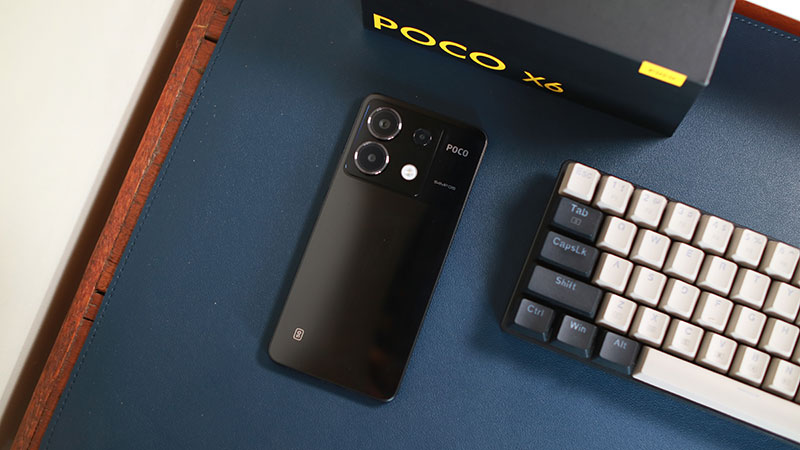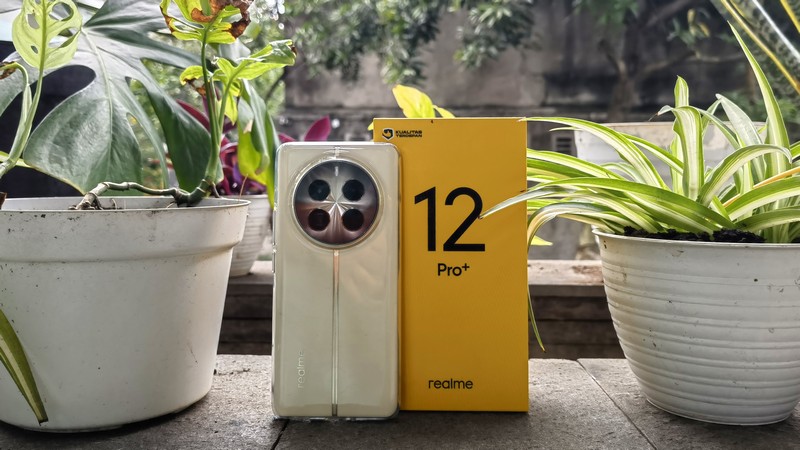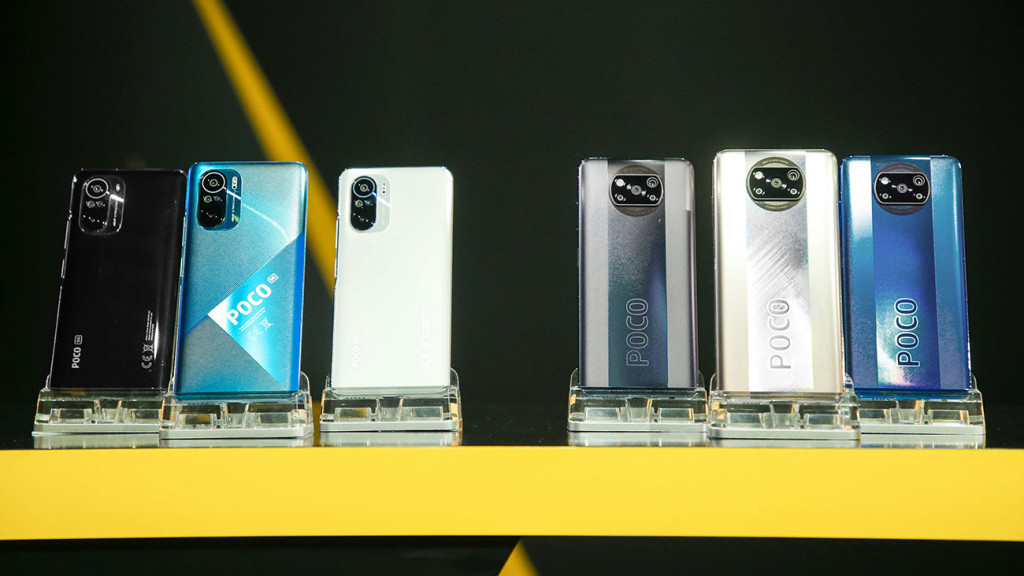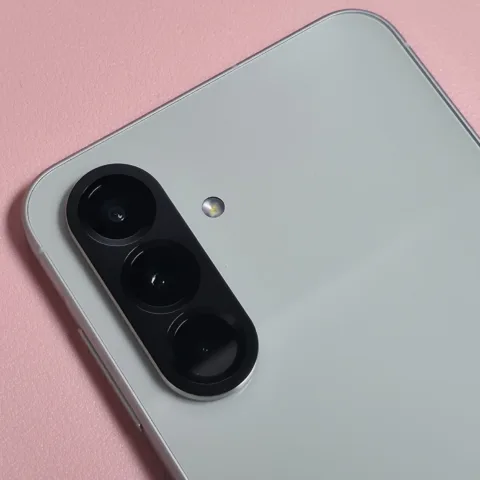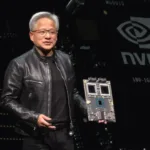In Japan, anime are usually based on popular mangas. Popular mangas are sometimes also adapted to other media, such as video games. Dragon Ball is one of the most popular examples in this case. How many anime and video games have been made based on Akira Toriyama’s legendary series? Today, the gaming industry is also closely tied to the completely new esports industry. Given the close relationship between the gaming industry and anime, does that mean there is definitely a place for esports?
Video Games, Anime, and Esports
Last week, Team Liquid announced that they had a new collection of apparel. Unlike their other merchandise, Team Liquid collaborated with Naruto Shippuden in their brand new clothing line. On Twitter, the announcement of Team Liquid’s collaboration with Naruto received a great reception, evident from the 7 thousand retweets and 29 thousand likes the tweet received. By comparison, when LA Thieves announced their new kit on Twitter, they only had 268 retweets and 3.2 thousand likes. This discrepancy may prove that esports fans really like anime.
Believe it.#LIQUIDxNARUTO
2.12.21 12 PSThttps://t.co/CC7cf2lhZJ pic.twitter.com/TDfTalUTdQ— Team Liquid (@TeamLiquid) February 8, 2021
Unfortunately, the same chemistry does not apply between the esports and anime industry. Currently, there are not many collaborations between the two industries, even though both the esports-gaming and gaming-anime industry relationships meshes incredibly well. The first anime to be adapted from a game is Super Mario Bros: Peach-Hime Kyushutsu Dai Sakusen! The anime ran for 1 hour daily in 1986.
In 1988, the Astro Boy game – which is also based on the anime – was released for the PC platform. This game is one of the few first games which are adapted from the original anime. Since then, there have been many games based on popular anime, such as Dragon Ball, Evangelion, Fullmetal Alchemist, Inuyasha, Initial D, Naruto, One Piece, and even Doraemon. There are also quite a lot of anime that are based on video games, such as Devil May Cry, Fatal Fury, Kingdom Hearts, Street Fighter, Virtua Fighter, and Final Fantasy XV.
There are also a number of anime that adapt the video game theme into their story. These are anime like Overlord, Sword Art Online, Log Horizon, No Game No Life, and .hack. Even though the game anime genre is not included in the list of the most popular anime, the Sword Art Online anime still has a very large following until today. The first season of Sword Art Online aired in 2012, implying that the genre has been popular for a very long time.
Anime also often carries popular sports themes such as soccer, basketball, and baseball. Sometimes less popular sports are also used as a theme, such as volleyball, bicycle racing, or American football. Esports itself is increasingly being recognized as a sport. However, almost no anime has an esports theme. So far, the only anime with an esports theme is High Score Girl. The anime was released in 2018. The story, however, was set in 1991. Therefore, you cannot expect to witness the developed esports ecosystem similar to today’s standards.
Currently, the only animation with a plot based on esports players is Quan Zhi Gao Shou or The King’s Avatar. It’s just that, The King’s Avatar – which is available in comic, animation, and even live-action form – is made in China and not Japan. On the other hand, Netflix has also just announced the anime series Dota: Dragon’s Blood. The series based on Dota 2 will launch on March 25, 2021. Although it is claimed to be an authentic “anime”, Dragon’s Blood is handled by Studio MIR, a South Korean studio that previously made The Legend of Korra and Voltron: Legendary Defender.
The two examples above show China and South Korea much faster than Japan in adopting the esports theme. Even the Japanese government alone is remarkably slow to support the esports industry. They only revealed their plan to develop the esports industry last May of 2020.

In comparison, Hangzhou – a city in China known for its tourism industry – has opened an “esports city” in November 2018. The Hangzhou government went full onboard and spent RMB2 billion (around 4.3 trillion Rupiah) to create an esports city as large as 3.94 million square feet. The central government of China also voices its interest regarding esports. In February 2019, Beijing recognized esports players as an official profession. In Indonesia, President Joko Widodo says that the government will support the esports industry by building digital infrastructure. In the 2019 Presidential Cup, esports has been included as one of the ongoing competitions.
Why is Japan slow to adopt esports culture even though half of their population is practically gamers? One reason for this is that most of the games played by Japanese gamers – both on mobile and console – are single-player games. Since single-player games rarely promote the element of competition, Japan’s esports ecosystem has not grown as fast as other countries where the majority of the population plays multiplayer and competitive games.
The number of professional players can be a benchmark to visualize the growth of the esports ecosystem in a country. According to Statista, in 2019, there are only 578 pro players in Japan. Meanwhile, in China and South Korea, the number of pros reaches beyond 1000. Indeed, China has a much larger population than Japan. In 2019, China has a population of approximately 1.4 billion, while Japan’s population only reaches 126 million people. However, South Korea’s population, of 51.7 million people, is much smaller than Japan’s. Therefore, we can conclude that the number of professional players in a country is not only influenced by the size of the population.
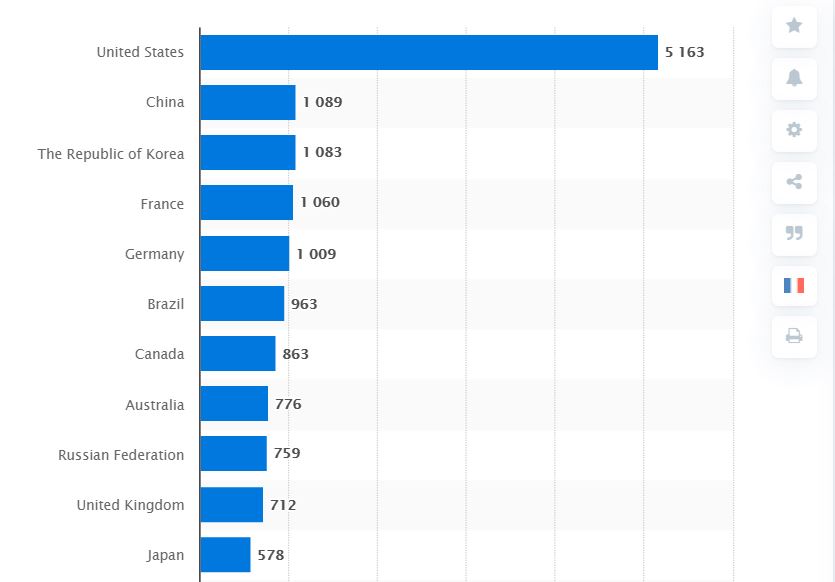
As further proof, the United States has the most number of professional esports players in the world, reaching more than 5 thousand pros. However, United States’ population is only 328 million people, which does not reach even half of China’s population
Advantages that the Cooperation between Esports and Anime Industry can bring
If Japan’s esports ecosystem is relatively undeveloped, why did the collaboration between Team Liquid and Naruto sparked so much interest? The reason is pretty simple: esports and anime viewers have lots of similar characteristics.
“I am even more surprised why the collaboration between the two industries didn’t happen sooner,” said Irliansyah Wijanarko Saputra, Chief Growth Officer, RevivalTV, expressing his opinion on the collaboration between Team Liquid and Naruto. “Today, esports is not just about competitively playing games but also has become a lifestyle for the millennials and the generations below. Therefore, it is only natural that anime, a mainstream form of entertainment for these generations, will be working with the esports industry.”
Irli compared the collaboration between Team Liquid and Naruto with the collaboration between automotive and golf companies. “There are BMW golf clubs, or the Gucci or LV brands that make bicycles. These sorts of collaboration occur because golf and bicycles are indeed entertainment and part of the lifestyle of the previous generation,” he said.
Meanwhile, Shoutcaster, Wibi “8KEN” Irbawanto mentioned that although the demographics of esports and anime viewers are not always the same, they both may have a lot in common. “We have seen several efforts put forth by the game developers to create cross-content, such as League of Legends with its Sailor Moon skin or CS: GO with anime character face skins. Thus, it can be implied that the demographics of the esports and anime industries do intersect to some extent.”
According to a GameScape report from Interpret in 2017, the average age of esports viewers in the US is 28. 39% of esports viewers are also 25-34 years old. When compared to the demographics of the esports audience, the target audience for anime is much broader. Anime targets audiences of all ages, from children to adults. As a result, anime is also categorized by gender and age. For example, the shounen and shoujo categories target adolescents aged 12-18 years; seinen and josei target audiences aged 18-40 years; kodomo is suited for children under the age of 10. Even so, as mentioned by Irli and Wibi, there is an intersection between esports and anime audiences.
What does exactly mean?
In marketing, there is the term called “targeting in marketing“. The term refers to a strategy focusing on a specific customer segment. One of the goals of targeting is to increase sales figures. As an illustration, if you try to sell chocolates on Valentine’s Day, you will get a larger profit if you sell chocolates to people who are not single. You might not obtain much success if you try to sell Valentine chocolates to singles.
The same can be applied in esports and anime. Esports and anime fans have a lot in common, as mentioned by Irli. Therefore, esports fans are more likely to watch anime or buy anime merchandise and vice versa. According to Irli, anime fans are very likely to be interested in esports because it usually features content with the “journey in becoming a hero” concept. This type of concept or plot is frequently present in anime, especially shounen, like Naruto.
For esports organizations, one of the benefits of collaborating with well-known anime is brand exposure. By creating Naruto-themed clothing, Team Liquid can expose their brand to Naruto fans and anime in general.
“The collaboration between Team Liquid and one of the biggest brands in the anime world, Naruto, should be able to attract the masses to buy a new Team Liquid apparel,” said Wibi. “Customers who access the Team Liquid’s store will also discover other Team Liquid products which can be promoted or shared through social media, hence the brand exposure.”
Potential Collaboration Between Indonesian Esports Organizations and Anime
When asked if a local esports organization could follow in Team Liquid’s footsteps, Irli replied, “It’s just a matter of time before someone does it.” However, he also discussed the challenges that Indonesian esports organizations must face if they want to collaborate with anime. “The most difficult obstacle to overcome is gaining access to the anime license. Anime franchises rarely collaborate with the esports sector. Instead, they usually cooperate with agencies in the form of community events.” said Irli.
Irli suggests that the most feasible approach for local esports organizations to collaborate with anime franchises is through Dentsu, a Japanese advertising and PR company that already has a branch in Indonesia. “You must first try to make contact with Dentsu. Then, Dentsu can connect you with the esports team,” he said.
If Indonesian esports organizations want to collaborate with anime franchises, they will also need to make sure that the collaboration will be successful. The collaboration usually might not seem to be very prosperous in the short term. Therefore, Indonesian esports organizations must convince the anime license holders to do a long-term collaboration. Meanwhile, the only logical approach that fulfills this objective is apparel collaboration, as was done by Team Liquid with Naruto.
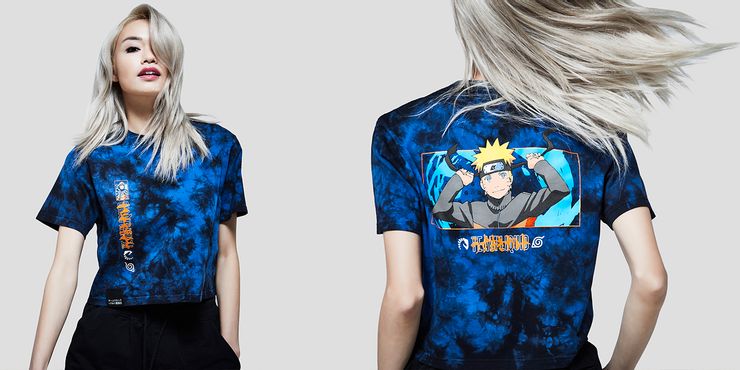
Local esports organizations can also opt to cooperate with local comic or animation franchises. However, this collaboration is not mutualistic for both parties. Irli mentions that esports is far more popular than local comics brands. “It is not exactly a business cooperation,” he said. “because the esports organization will end up supporting the local comic business and not the other way around.”
Even so, Irli said that it is possible that the local esports teams will collaborate with Indonesian comic artists or animators to create an entirely new intellectual property. “For example, there is a plan to create a new comic or universe as part of their future business prospect,” he said. “It is possible that the esports team will cooperate with local comic artists to market their new IP.”
Conclusion
Video games and anime meshes really well together. The collaboration between the two industries has also been going on for decades. Considering that esports is a derivative of the game industry, esports should technically have no problem cooperating with anime, right? Well, not exactly.
Unfortunately, so far, there has not been much cooperation between esports and the anime industry. One of the reasons behind this is Japan’s underdeveloped esports ecosystem. Even so, Team Liquid has paved the way with its collaboration with Naruto Shippuden. On paper, this cooperation should turn out well for both parties because esports and anime viewers have several similarities.
Of course, we can only wait and observe the extent of the success of this collaboration. However, if this collaboration proves to be successful, we can definitely see more esports organizations following in Team Liquid’s footsteps.
Translated by: Ananto Joyoadikusumo



